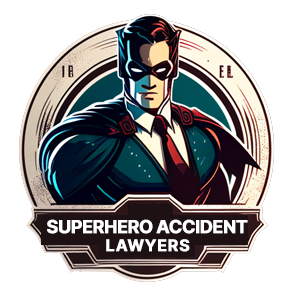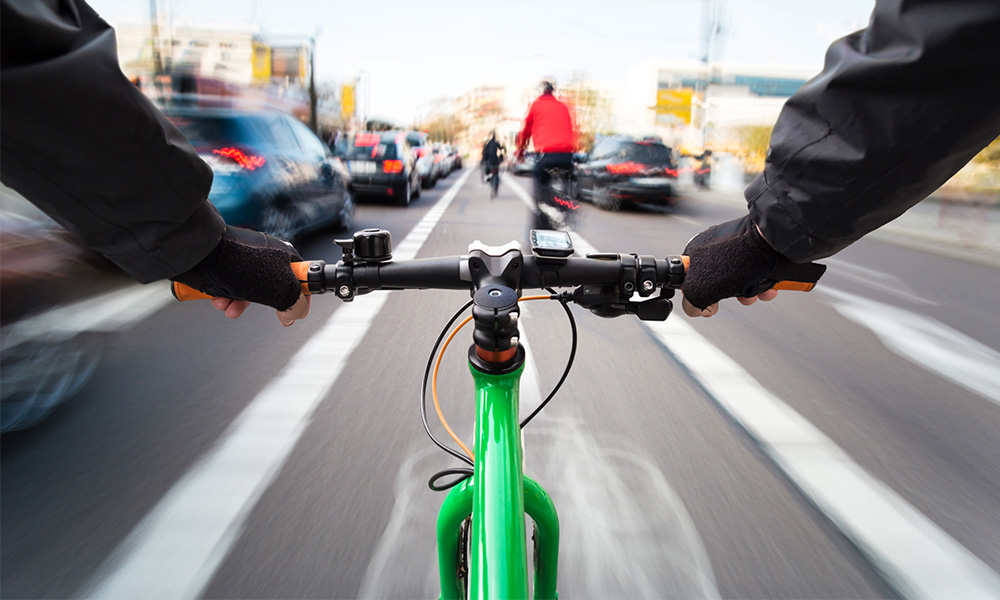Vehicle safety technology is constantly evolving, and now more than ever, the focus is on protecting the most vulnerable road users: pedestrians and bicyclists. With an alarming rise in pedestrian and bicycle fatalities on our roads, new and innovative technologies are being developed to reduce the number of accidents involving these at-risk groups.
Imagine a world where your vehicle automatically adjusts its speed to match posted limits in school zones, or alerts you of a bicyclist approaching from behind. These advancements are no longer science fiction, but a reality with technologies such as Intelligent Speed Adaptation (ISA) and Advanced Driver Assistance Systems (ADAS) like Automatic Emergency Braking (AEB) and Forward Collision Warning (FCW). A study by the Insurance Institute for Highway Safety (IIHS) found that pedestrian deaths in vehicles equipped with AEB systems decreased by an astounding 71% compared to those without. Another study by the National Highway Traffic Safety Administration (NHTSA) showed that FCW systems can reduce rear-end crashes involving bicycles.
But safety technology doesn’t stop there. Imagine a car that illuminates the road ahead with advanced lighting systems like dynamic bending lights and matrix LED headlights, making it easier for drivers to spot pedestrians and bicyclists in low-light conditions. Or envision a future where vehicles communicate with each other, traffic lights, and infrastructure, creating a safer transportation system for all road users through connected and autonomous vehicles (CAV) and V2X (vehicle-to-everything) technology. This kind of technology has the ability to alert drivers of nearby pedestrians and bicyclists, reducing the risk of accidents.
However, as we move closer to a future of autonomous and connected cars, it is important to remember that technology is not a silver bullet. Drivers must still remain vigilant, aware, and cautious while on the road, and vehicles should be regularly maintained to ensure their safety features are functioning correctly.
The future of vehicle safety technology looks exciting and promising. It is important for policymakers and vehicle manufacturers to work together to ensure that these technologies are deployed safely and effectively, while continuing to research and develop new ways to protect pedestrians and bicyclists. With every advancement made, we move closer to a world where accidents involving these vulnerable road users are a thing of the past.
Until all this amazing technology is available to all drivers, we can still make sure to follow safety tips, like the ones listed below, to help make sure we avoid hitting innocent bicyclists, pedestrian, e-scooters, etc.
- Always be aware of your surroundings and be on the lookout for bicyclists and pedestrians, especially in high traffic (residential areas, near schools, or on bike lanes.
- Slow down and be prepared to stop in areas where visibility is limited, such as at intersections or when approaching blind spots or turns.
- Always obey posted speed limits, especially in areas where bicyclists and pedestrians are more likely to be present.
- Always come to a complete stop at stop signs and red lights, and look both ways before proceeding.
- Yield to pedestrians and bicyclists when making turns, entering or exiting a driveway, or merging onto a roadway.
- Always use your signals when changing lanes or making turns to alert bicyclists and pedestrians of your intentions.
- Always use caution when passing bicyclists, allowing at least three feet of clearance and checking your mirrors before returning to your lane.
- Be extra cautious at night and in poor weather conditions, as visibility is reduced and it is harder to spot bicyclists and pedestrians.
- Avoid distractions such as using your phone or eating while driving, as they can prevent you from spotting bicyclists and pedestrians.
- Always watch for children as they may not be aware of the risks or traffic laws.
- Obey traffic laws and regulations that are specific for bicyclists and pedestrians, such as the laws that prohibit passing a bicycle on the right and the “yield to pedestrian” laws
- Remember that bicyclists and pedestrians are more vulnerable in a collision, so if an accident does occur, the damage to them can be severe and fatal.
- Remember to be extra careful and cautious when entering or exiting parking lots or driveways, where it can be difficult to spot bicyclists and pedestrians.
- Keep in mind that bicyclists are allowed to use the full lane on the road, so make sure to give them the space they need to ride safely.
- Remember that bicyclist may not always have the same visibility and awareness of the traffic as you, so take extra care to signal and make sure they see you.
By following these safety tips, drivers can help reduce the risk of accidents involving bicyclists and pedestrians, keeping everyone safe on the road.

